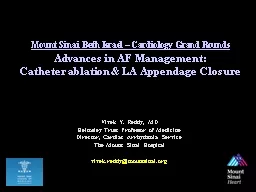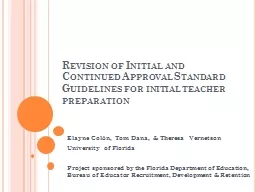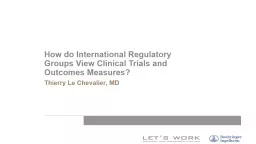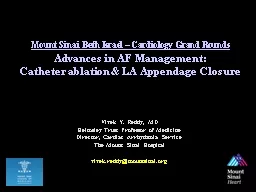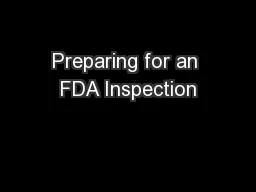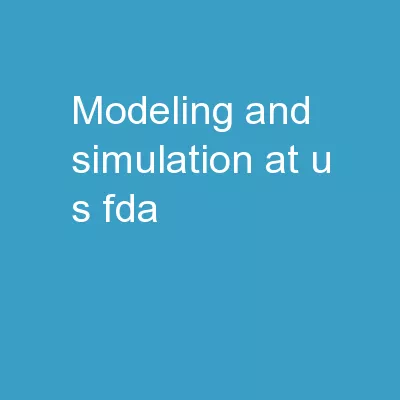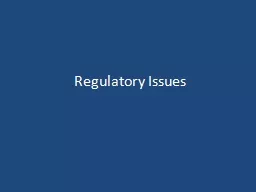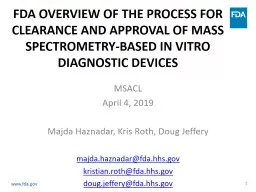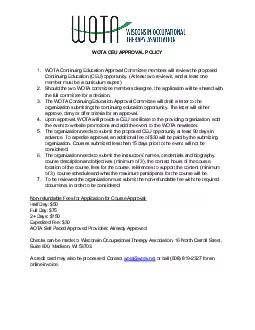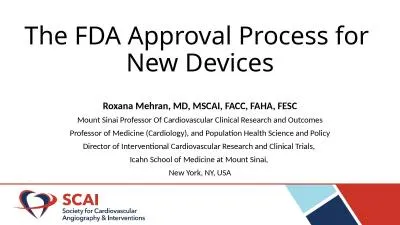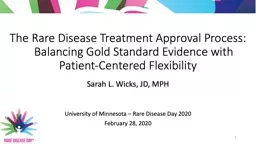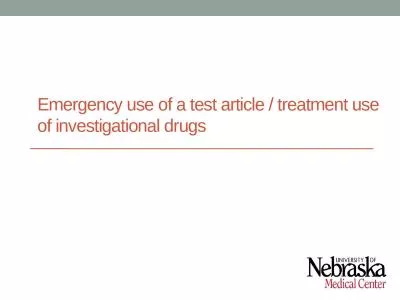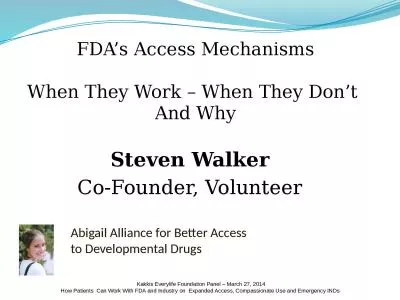PPT-Post-FDA Approval, Initial US Clinical Experience with Watc
Author : phoebe-click | Published Date : 2017-06-17
Vivek Y Reddy MD 1 Douglas N Gibson MD 2 Saibal Kar 3 William ONeill MD 4 Shephal K Doshi MD 5 Rodney P Horton MD 6 Maurice Buchbinder MD 7 Nicole T Gordon
Presentation Embed Code
Download Presentation
Download Presentation The PPT/PDF document "Post-FDA Approval, Initial US Clinical E..." is the property of its rightful owner. Permission is granted to download and print the materials on this website for personal, non-commercial use only, and to display it on your personal computer provided you do not modify the materials and that you retain all copyright notices contained in the materials. By downloading content from our website, you accept the terms of this agreement.
Post-FDA Approval, Initial US Clinical Experience with Watc: Transcript
Download Rules Of Document
"Post-FDA Approval, Initial US Clinical Experience with Watc"The content belongs to its owner. You may download and print it for personal use, without modification, and keep all copyright notices. By downloading, you agree to these terms.
Related Documents

